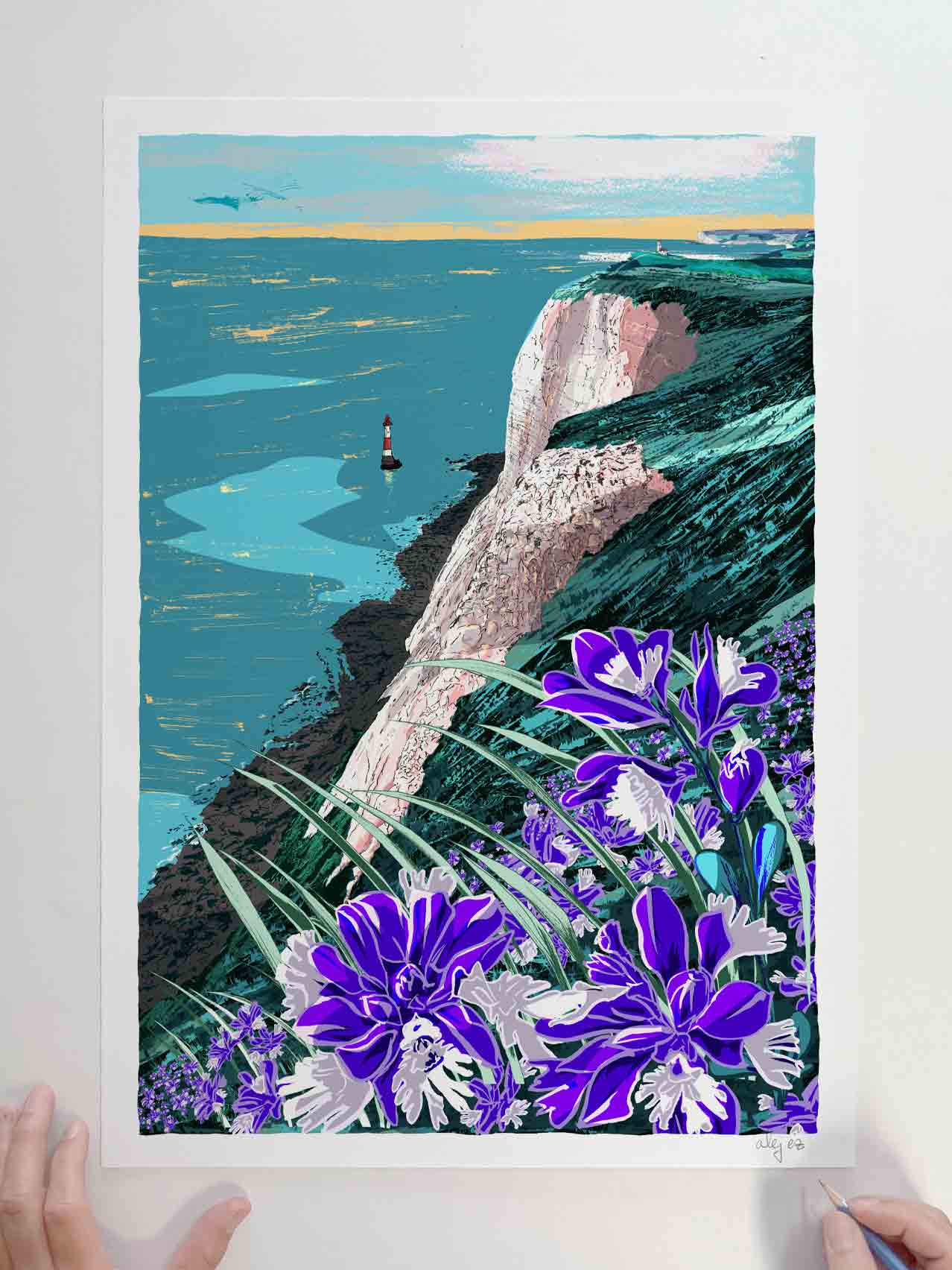Chalk Milkwort Beachy Head
Price range: £40.00 through £310.00
Description
Chalk Milkwort Beachy Head
Print description
Around the cliffs of Beachy Head in the South Downs, the delicate flowers of milkwort create, among the grasses, a blue blanket over the chalk soils. These minuscule blooms contrast with the imposing scale of the white chalk cliffs and the English Channel. This print is a record of my daily spring walks, runs, and night studies of wildflowers in 2025.
Print details
Digital pigment print from original ink drawings. Printed on fine art paper using archival inks. Available in sizes A0,A1, A2, A3 or A4 as limited editions of 100. Each print is individually signed and numbered.
Chalk Milkwort in the South Downs
Chalk Milkwort is a tiny wildflower that thrives in the short, sun-exposed grasslands of the South Downs. It grows close to the ground, forming scattered patches of blue, pink, or white blooms across the thin chalk soils. Despite its small size, it plays an important role in these grassland communities, flowering from late spring through to midsummer and providing nectar for small bees and butterflies.
Because the chalk downland turf is kept open through grazing and natural erosion, Milkwort succeeds in places where the soil is too shallow and nutrient-poor for larger plants. Its presence is a marker of healthy, species-rich chalk grassland, one of the rarest and most biodiverse habitats in Britain.
History of Beachy Head and the Lighthouse
Beachy Head has long been a striking landmark on the English Channel, its white chalk cliffs rising over 160 metres above the sea. For centuries, the headland has been both a navigational point and a hazard. Strong tides, shifting currents and sudden fog made this stretch of coast notorious for shipwrecks.
To reduce the danger, the Beachy Head Lighthouse was built in 1902. Unlike earlier lights placed on top of the cliffs, this lighthouse was constructed at the base of the headland, directly on the wave-cut platform. Its red-and-white banded tower was designed to stand out clearly against the white chalk backdrop. Built by engineers using a temporary cableway from the cliffs above, the lighthouse was assembled stone by stone during low tides.
Before this lighthouse, a predecessor known as the Belle Tout Lighthouse (completed in 1834) stood on the cliff top. Belle Tout often suffered from sea mist and fog, which obscured its light, so the decision was made to move the beacon closer to sea level where visibility was clearer. Belle Tout remains on the clifftop today and was famously moved inland by 17 metres in 1999 to prevent it from being lost to coastal erosion.
Beachy Head continues to erode slowly under natural forces—wind, rain, and waves—and the lighthouse remains an active marker, standing in constant conversation with the tides and the chalk cliffs above.
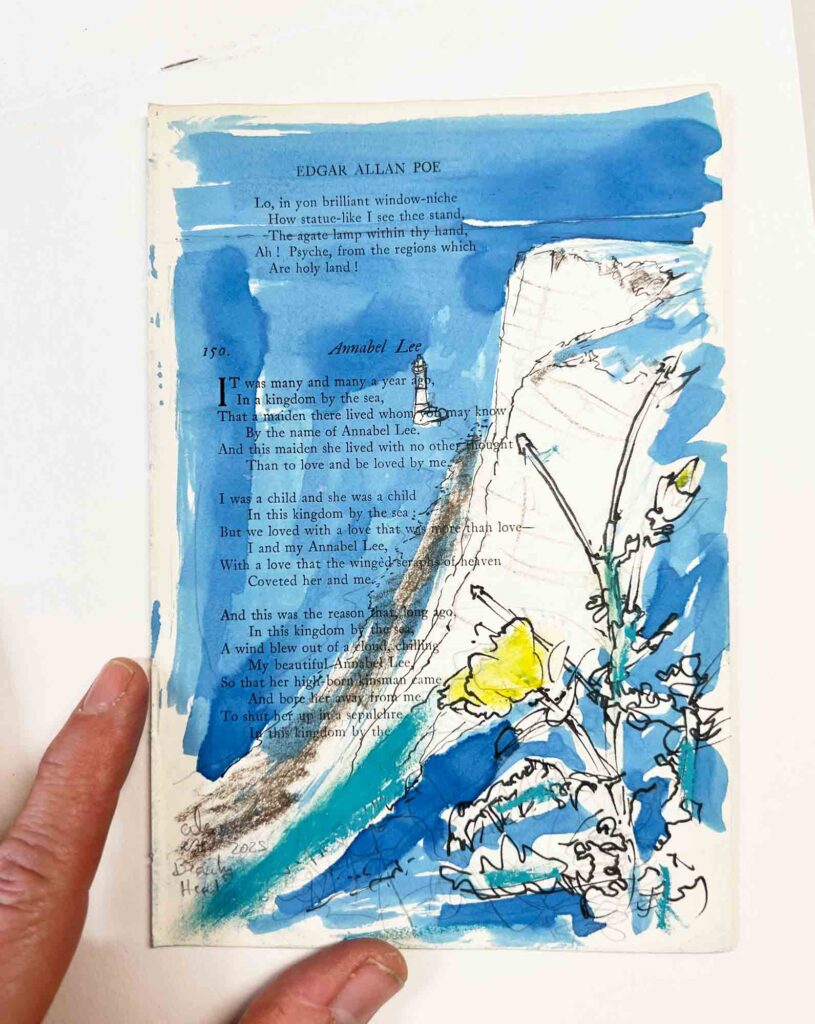
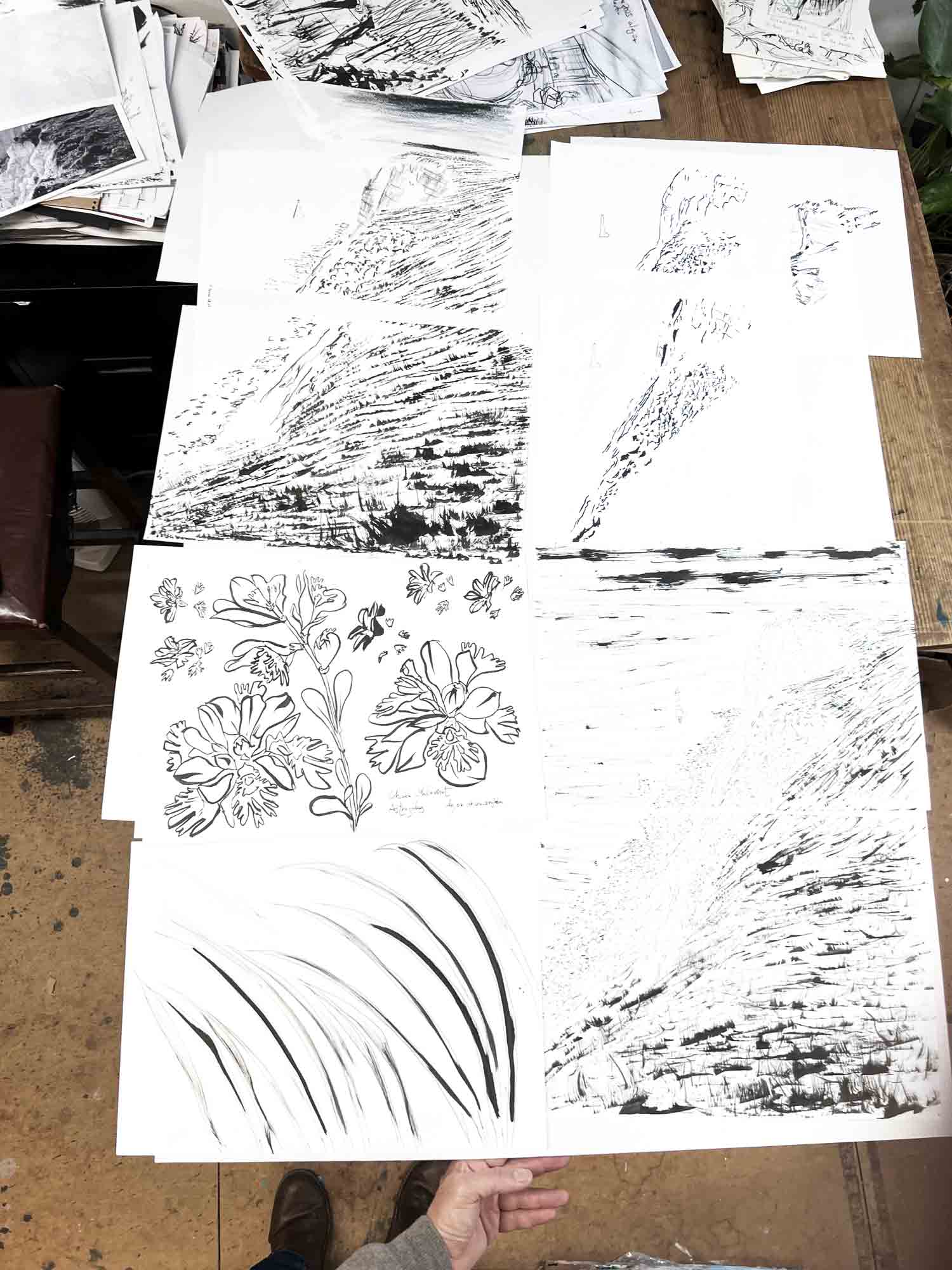

You might also like
-
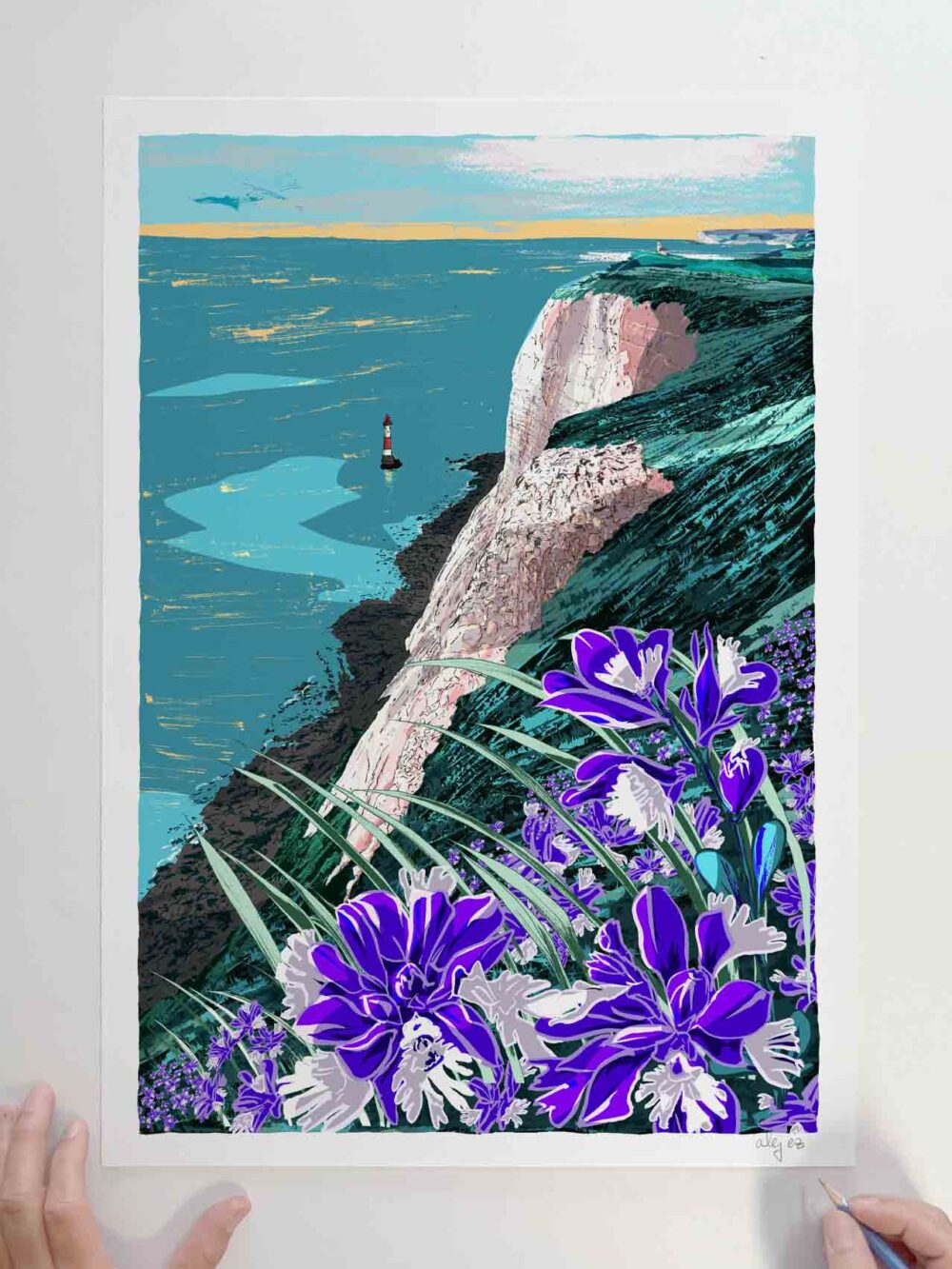
Chalk Milkwort Beachy Head
Price range: £40.00 through £310.00 Select options This product has multiple variants. The options may be chosen on the product page -
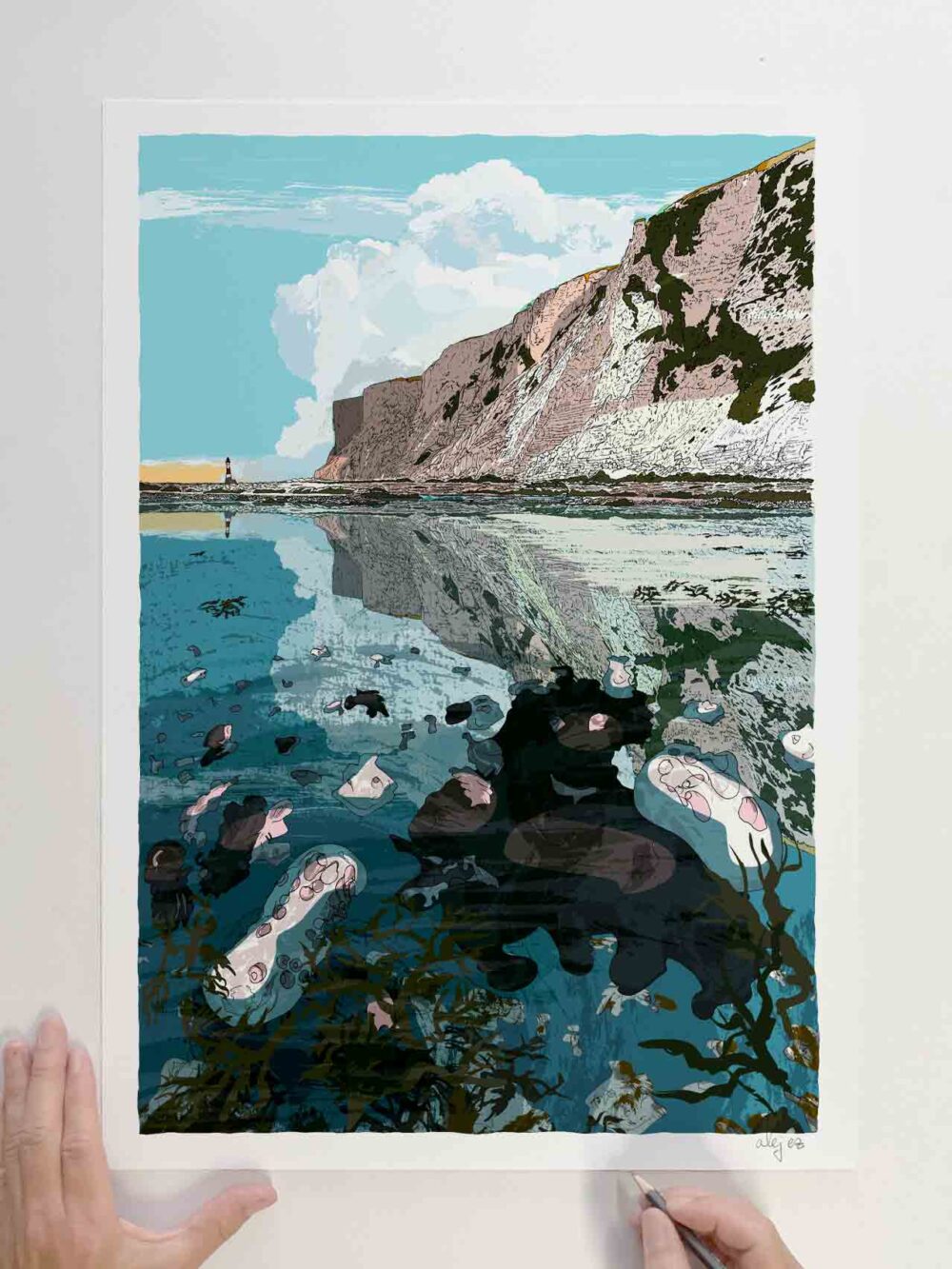
Chalk Piddocks – Angel Wings – Beachy Head
Price range: £40.00 through £310.00 Select options This product has multiple variants. The options may be chosen on the product page -
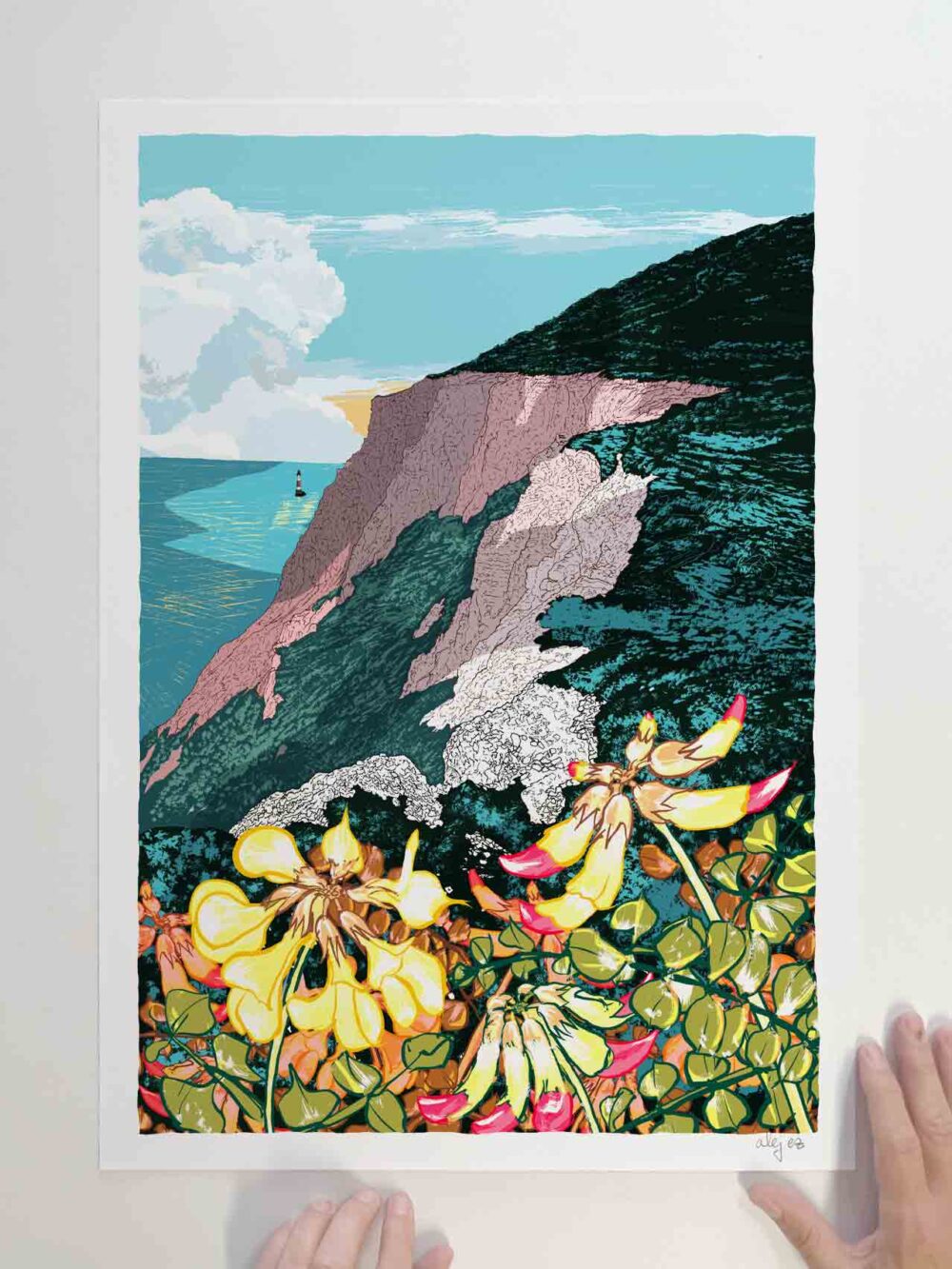
Horseshoe Vetch Beachy Head Fileds
Price range: £40.00 through £310.00 Select options This product has multiple variants. The options may be chosen on the product page -

Spring Breaks Through
£192.00 add to basket -
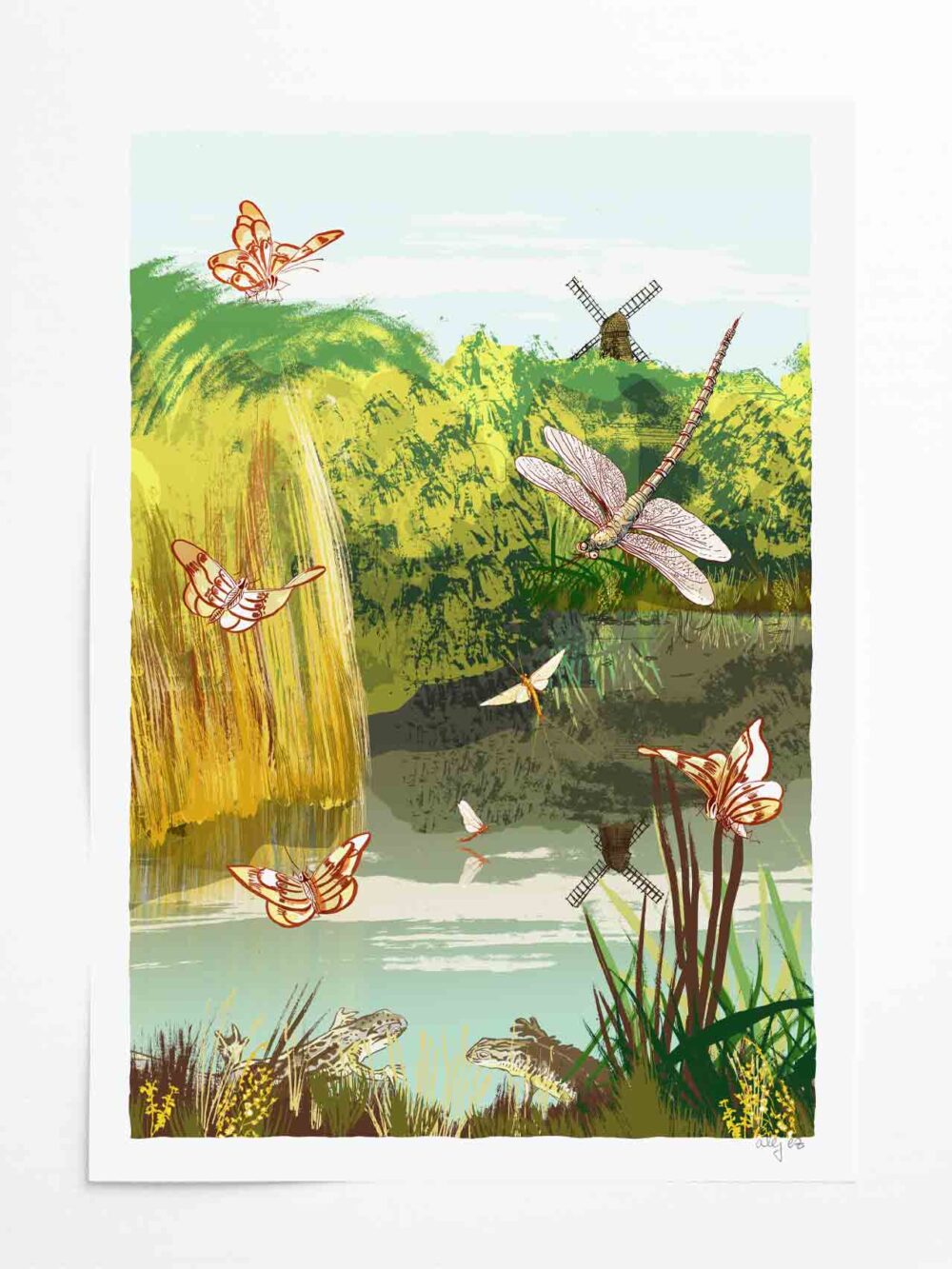
Rottingdean Pond and Beacon Mill
Price range: £40.00 through £310.00 Select options This product has multiple variants. The options may be chosen on the product page -
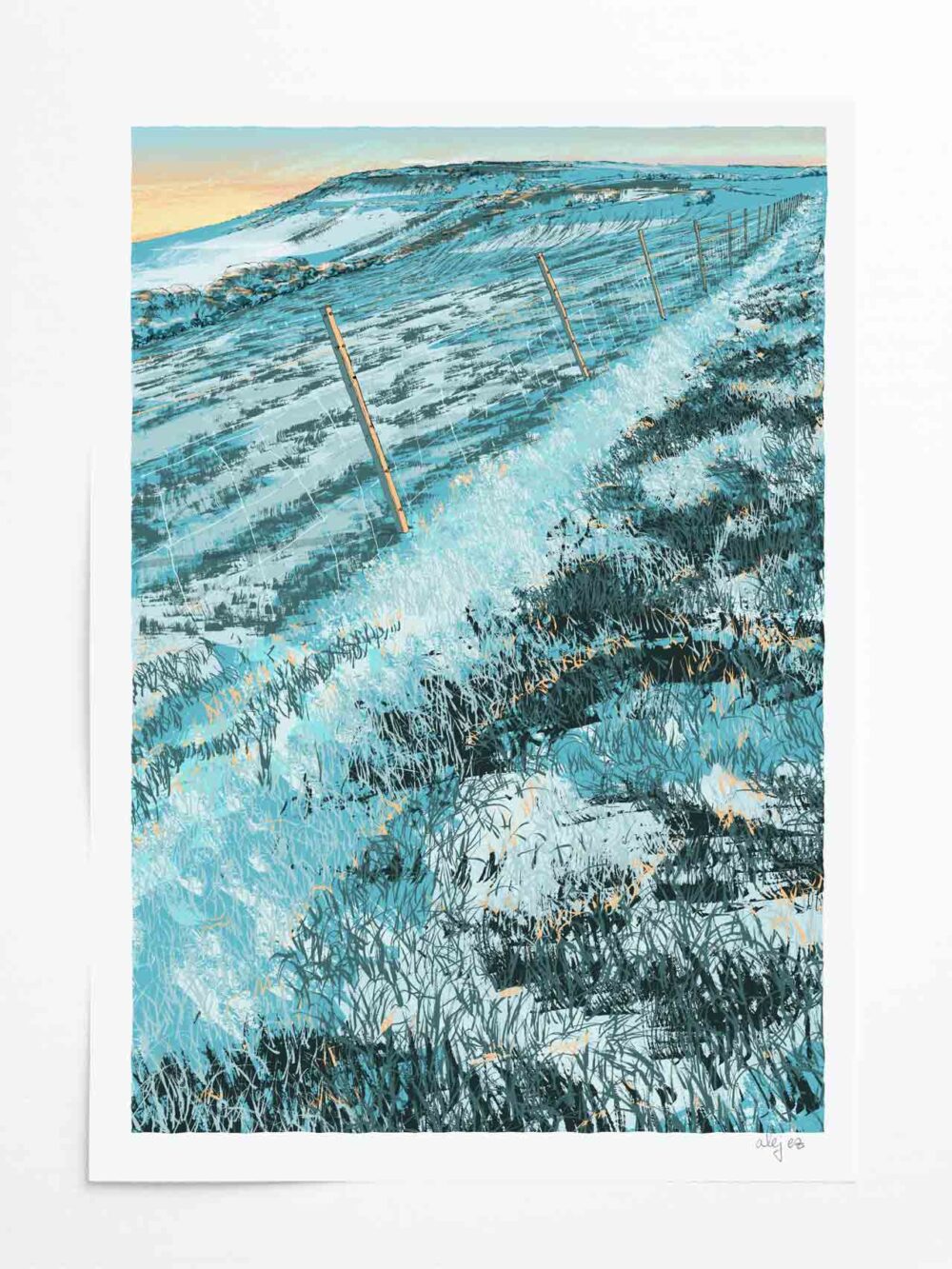
South Downs Way Winter Walks
Price range: £40.00 through £310.00 Select options This product has multiple variants. The options may be chosen on the product page -
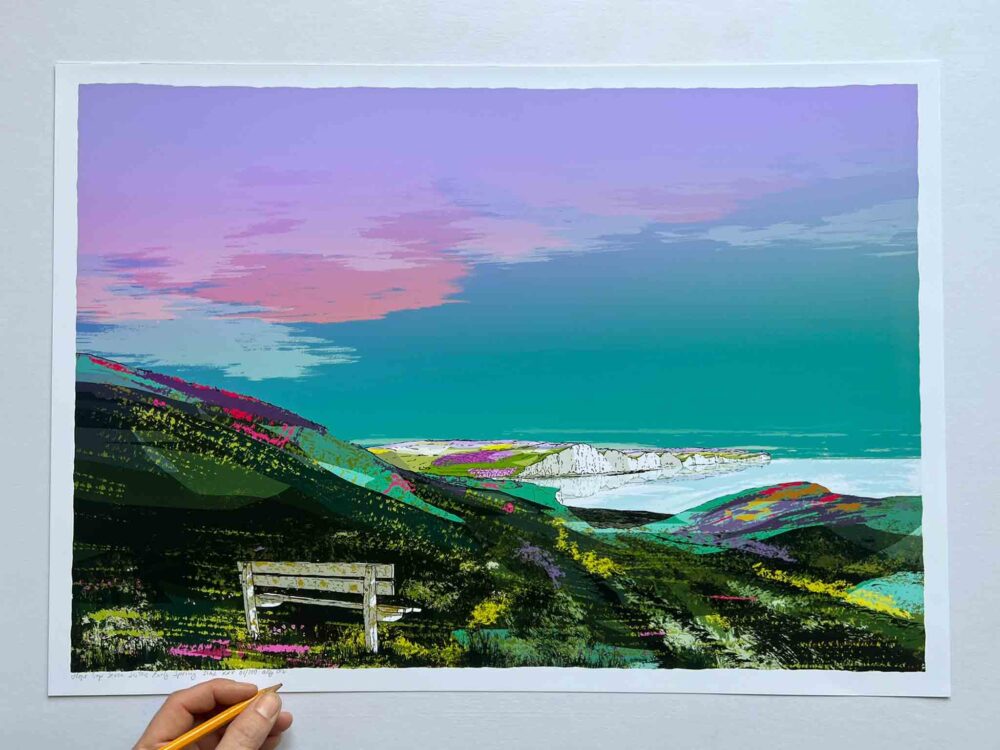
From Hope Gap to the Seven Sisters White Cliffs Spring
Price range: £40.00 through £310.00 Select options This product has multiple variants. The options may be chosen on the product page -
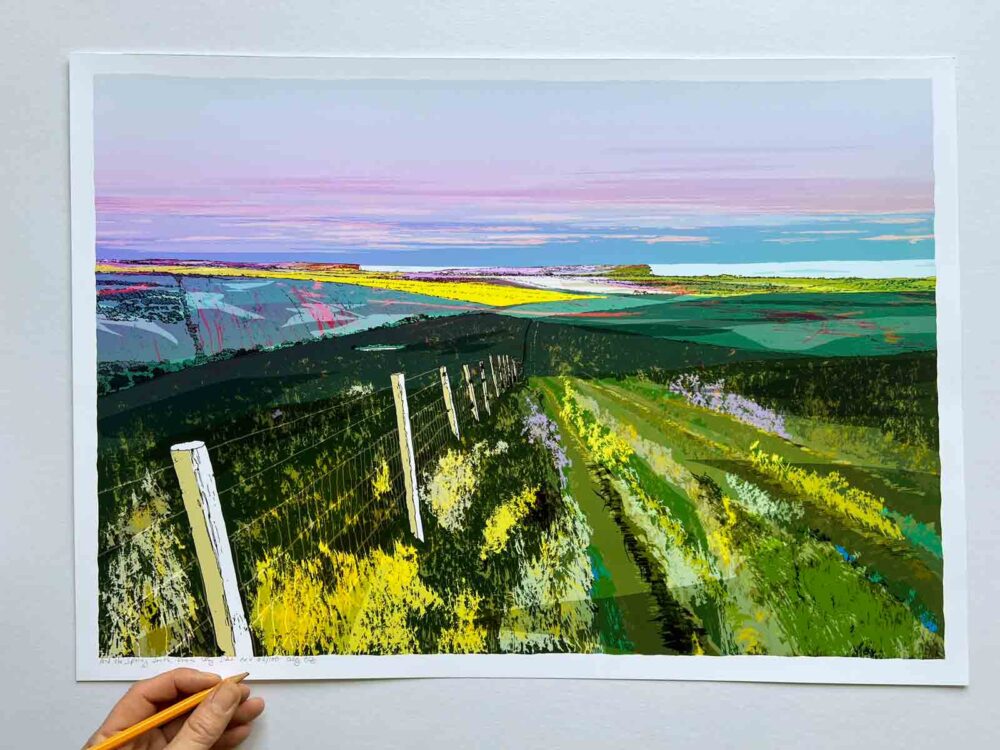
And then Spring South Downs Way
Price range: £40.00 through £310.00 Select options This product has multiple variants. The options may be chosen on the product page -
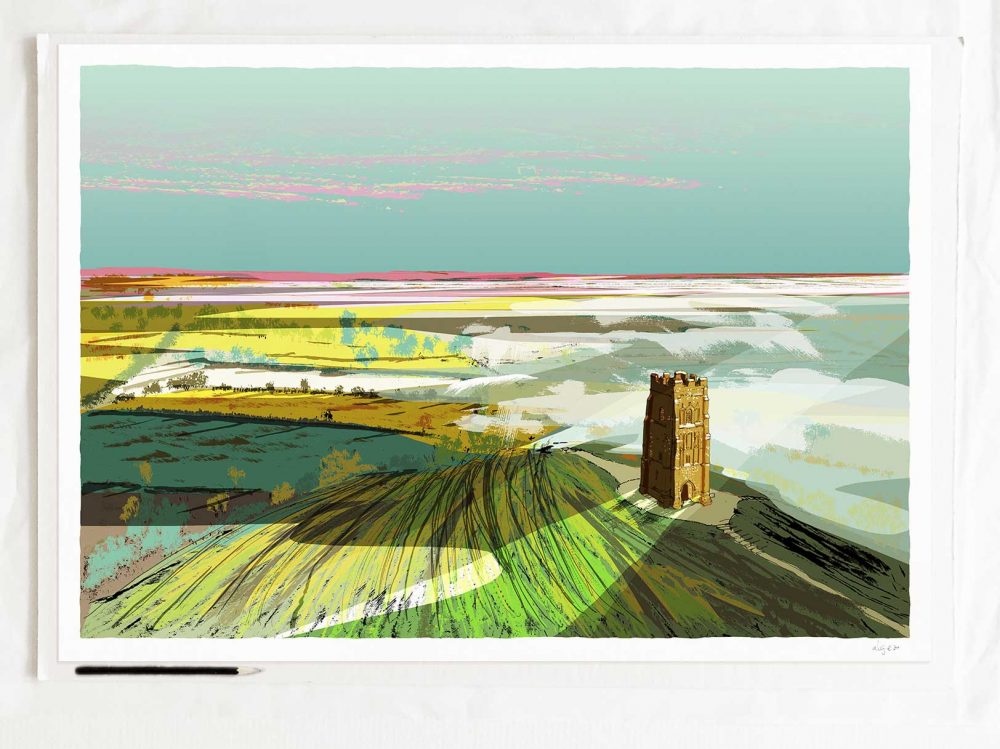
Legends of Glastonbury Tor
Price range: £40.00 through £310.00 Select options This product has multiple variants. The options may be chosen on the product page -
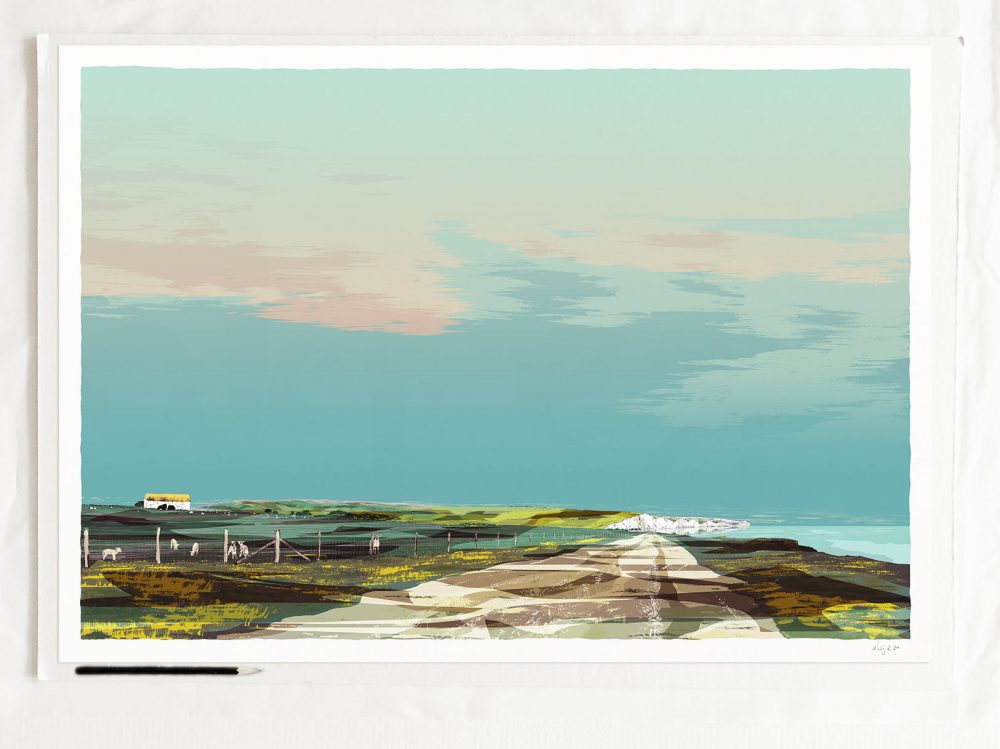
Spring Lambs in South Downs South Hill Barn
Price range: £40.00 through £310.00 Select options This product has multiple variants. The options may be chosen on the product page -

Spring Lambs in South Downs. Seven Sisters Cliffs from South Hill Barn
£192.00 add to basket -

Early Spring in South Downs from Seaford to Cuckmere Haven
£192.00 add to basket -
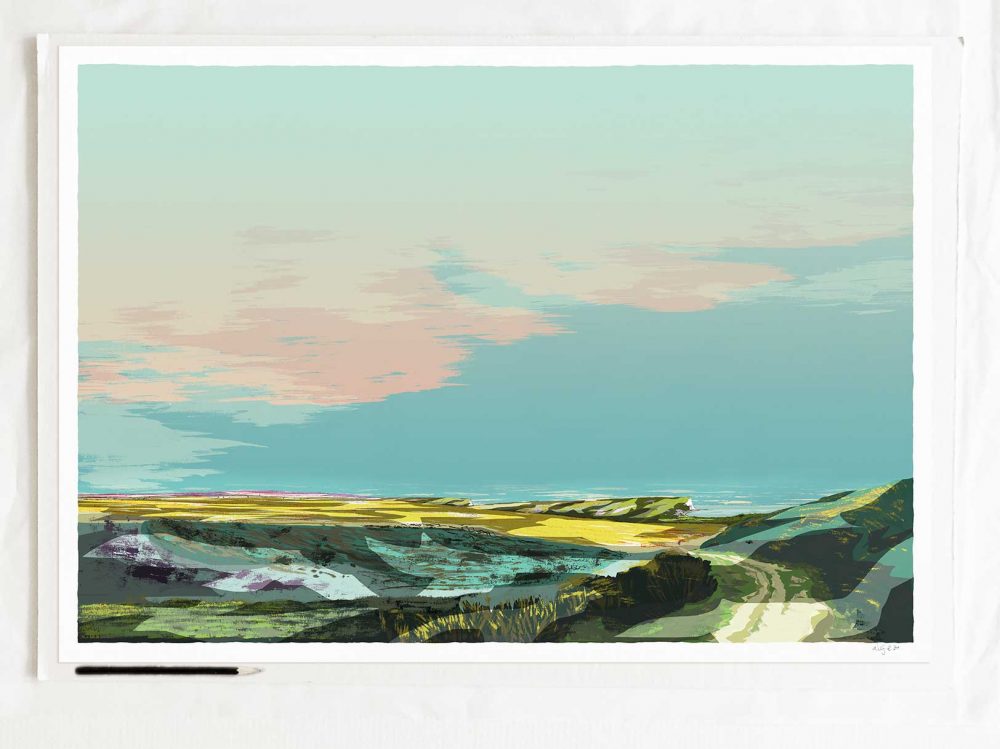
Spring in South Downs from Seaford to Cuckmere Haven
Price range: £40.00 through £310.00 Select options This product has multiple variants. The options may be chosen on the product page -

A Sussex Walk along the Cuckmere River to the Litlington White Horse
£192.00 add to basket
Additional information
| Dimensions | N/A |
|---|---|
| Print sizes: standard portrait and square | A0 print size, portrait, A1 print size, portrait, A2 print size, portrait, A3 print size, portrait, A4 print size, portrait |

